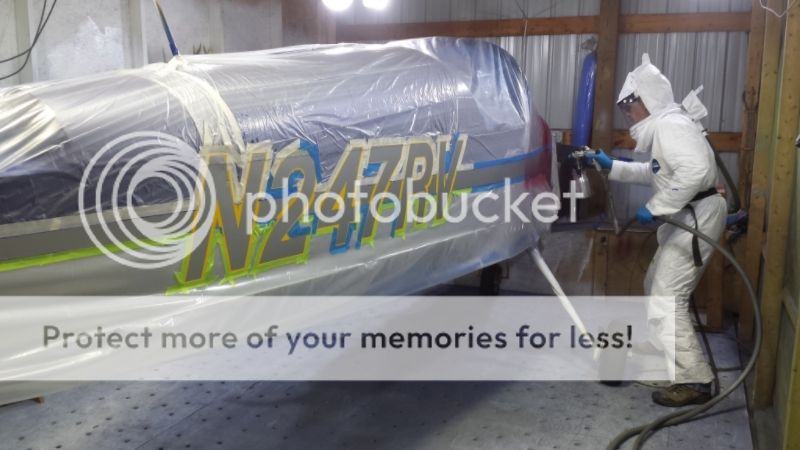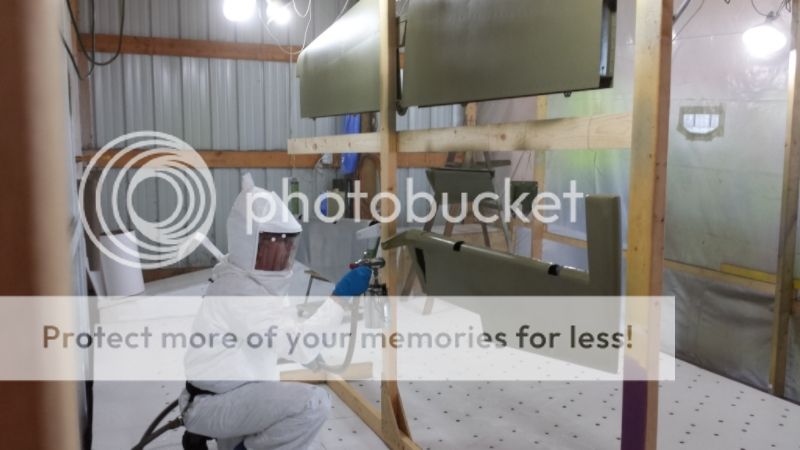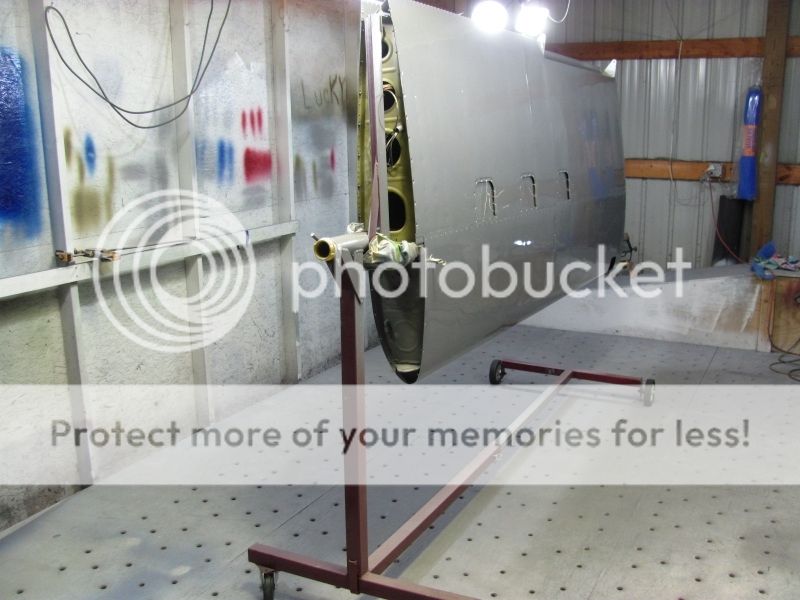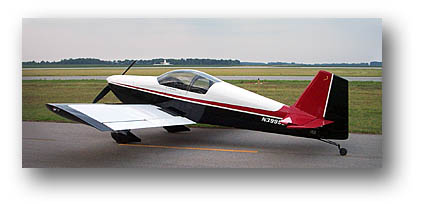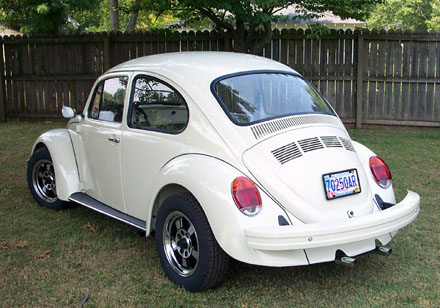paint booth ideas...
Steve, Looks like a good start!
Paint spray droplets and volitiles are denser than air and will settle to the floor. Sucking the air out at the lowest level will suck out the dirtiest air.
You might consider making a 4' x 8' (or larger) floor of 3/4 plywood on 2x4 joists, placed on top of your concrete floor. Drill about 400 3/4 inch diameter holes thru the floor, radius the edges of the holes with a 1/4 inch radius corner round router bit, then put a header box on one end with fiberglass hammock filter inside. Suck the air down thru the plywood floor holes, thru the joist spaces under the floor to the header, then draw the air out of the header above the fiberglass filters. Low air velocity in the headers will allow some of the paint droplets to drop out of the airflow before getting to the filters. A hinged cover allows easy access to inspect and change filters. 1/4 inch hardware cloth screen supports the hammock filter material, but chicken wire might work. I used two hammock filters in series. Changed them three times in the course of painting an RV-7A. No sign of overspray on the white exhaust outlet grill in the sidewall of the hanger.
Providing lots of filter area makes the airflow velocity low as it passes through the filter, maximizing the likelihood that sticky particles will stick to the filter and not to the neighbor's Mooney. A simple tygon tube manometer measures the pressure drop across the filters, alerting to filter change time. I used a furnace blower with good results. Quiet, low amperage, reliable, cheap. Exhausting the outlet air high through the sidewall or roof of the hanger on the downwind side makes the air safer in the hanger. I made a simple plywood chimney out of 1/2 inch plywood for the exhaust air. A gable vent grill dresses it up outside, keeps the rain and robins out.
Need to provide a filtered inlet for the air that is replacing the air that is getting sucked out, I used 20 sq ft of hammock filter up high, in the ceiling.
Place your breathing air unit high on a shelf so that it isn't picking up the volatiles that collect at floor level in the hanger. Nasty, nasty stuff, paint fumes. Pilots need all the brain cells they can retain.
Start the air flowing before starting spraying so that the concentration of flamables never gets up to the LEL (lower explosive limit). Leave blower running until volatiles are evaporated out of paint. Run a grounded bare copper wire through the airflow path to provide a ground for static. Evaluate each electrical light for safety / integrity, once read about a guy who dropped a trouble light while spraying and torched his just-freshly-painted fuselage. I use LED lights on an 18 inch wand as a hand light while spraying to be able to see reflections and gage coverage / sheen in remote corners of complex shapes.
Practice a bunch before painting real parts. Find a local expert/professional and make him a friend. Good advice is better than learning it all the hard way.
Expect your hanger floor inside the paint booth to change color... ...each time you change colors. I repaint mine with cheap white floor paint every so often to keep things bright.
Painting is hard work, I discovered a hundred ways to screw up a paint job. A good paint booth makes a difficult task easier to master and enjoy.
Maybe most of this is common sense or common knowledge, hope some of it was helpful.
It's an adventure! Best of luck!
- Roger















